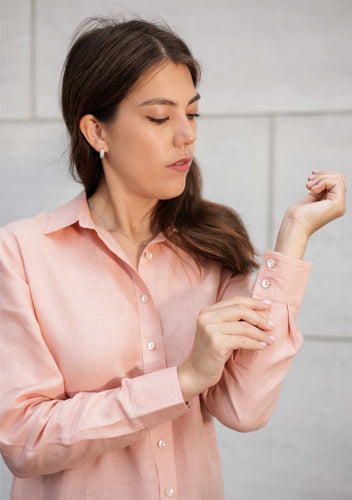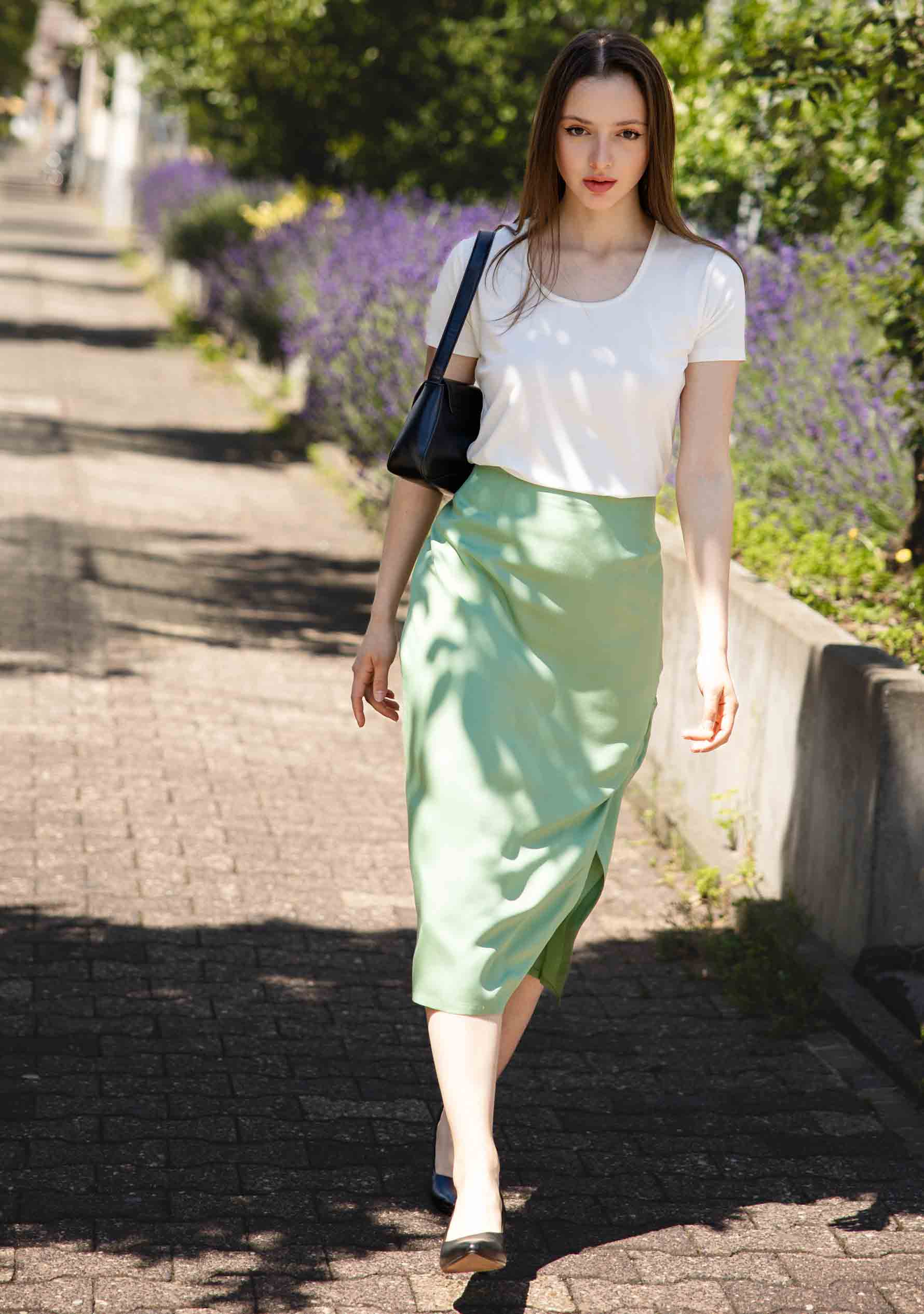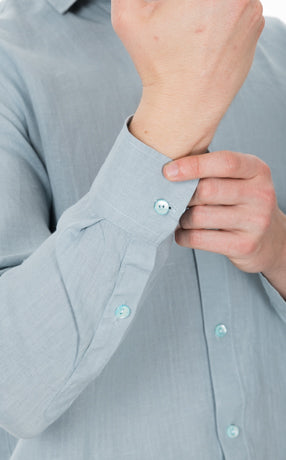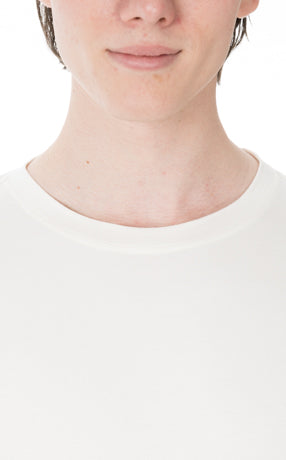Artikel: Why Wearing Natural Fabrics is Essential for Long Days at Work and Beyond ?

Why Wearing Natural Fabrics is Essential for Long Days at Work and Beyond ?
Natural Fabrics are best for long Working Hours: A perspective on Fabric & Tradition:
In today’s fast-paced world, professionals spend 8-9 hours in offices, days on business trips, or hours in meetings. What you wear is essential to ensuring comfort, productivity, and confidence during these long hours. Choosing the right Fabric for workwear isn’t just about style – it’s about functionality, sustainability, and well-being.
The problem: Conventional Workwear Isn’t always comfortable
Synthetic fabrics often trap heat, cause irritation, or lose shape over time. While they may look polished, they often fail in terms of comfort and environment. Professionals wearing such fabrics frequently report issues like excessive sweating, skin irritation, and a lack of ease.

Why natural fabrics are perfect for long working hours?
Natural fabrics are well known for their high quality and durability. Especially in European countries, diverse climates, from extreme cold to hot, are perfectly suited for such fabrics. Here’s why they are particularly suited for demanding working days:


Adaptable to diverse climates
Europe’s climate varies widely, from the chill Nordic winter to warm Mediterranean summers. Natural fabric like wool insulates against the cold, while linen stays breathable and cool in warm weather, making them ideal for everyday wear.
Skin-Friendly and All-Day Comfort
Fabrics like cotton and linen are naturally hypoallergenic and soft on the skin, ensuring professionals stay comfortable during extended work hours, whether in meetings or on the move. This lets you be more focused on your work and do more tasks!
Temperature Regulation
Natural fabrics have thermoregulatory properties, maintaining a comfortable body temperature in various environments.
Cultural Significance
Fabric such as linen, Khadi and wool carry a rich cultural heritage. Khadi, for example, has been a symbol of self-reliance and sustainability in India, while linen has a legacy in Europe.
How Marie & Seema Combine Tradition, Fashion and Comfort?
Functionality yet classic and timeless designs
We include innovation with classic designs, for instance, our 3x Smarter pants with silicone waistband to keep shirts tucked in while being breathable and comfortable.
Design in berlin
All our products are designed in Berlin, adding a distinctive European touch to every garment, ensuring a perfect blend of style, function and cultural relevance.
Collaborating for Craftmanship
We collaborate with artisans inspired by India’s rich textile history. Every garment reflects a mix of Indian and European culture with modern functionality.


Natural Fabric rooted in tradition
By using durable, biodegradable materials like cotton, linen, wool, etc., and supporting circular fashion, we align with the traditional values of long-term use, repair and reuse.
Custom-fit & Small Batches of product
For those who value a perfect fit, our custom sizing option ensures tailored clothing that meets both traditional preferences and modern styles. We produce only small batches of timeless designs and classic colours, embracing a slow fashion approach that prioritizes quality over quantity. By avoiding excessive stock and mindless consumption, we not only reduce waste but also promote sustainability.
Traditional and Modernity: A Harmonious Balance
At Marie & Seema, We honour the legacy of traditional textiles and craftsmanship, blending them with modern design and innovations to create a slow and comfortable fashion. Natural fabrics connect us to our roots while addressing contemporary challenges.
References:
Sustainable fashion: https://sustainfashion.info/the-hidden-health-costs-of-wearing-synthetic-fabrics/
Knowing Fabric: https://knowingfabric.com/impact-of-fabrics-on-skin-health-/
Better Cotton: https://bettercotton.org









